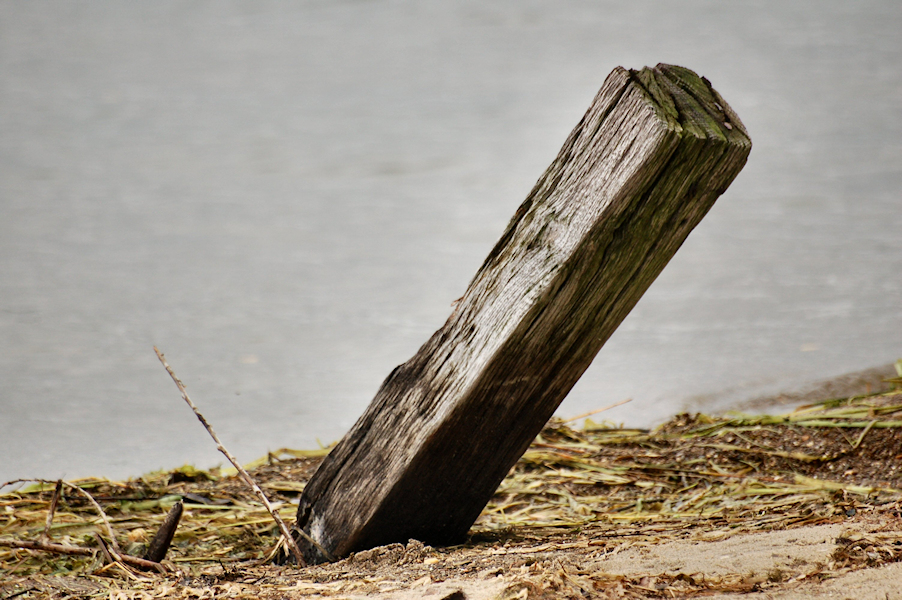
I could split my heart on the anvil and put her inside…” — Anne Carson
My heart, these days, is much too dense to break. It would require a difficult configuration of tools — mallet, wedge, hatchet, and maul — to make this kind of severance possible. It’s tough as those deep knots in the cords of cherry at Orr Hot Springs, those fall days I spent splitting wood outside my cabin, my hands never warm, even under the gloves, even under the heat of the axe. Though I split wood four autumns in that valley, I never felt at ease with the upswing, even more awkward on the downward blow, only every so often getting the clean thwack that splits a log in two. Usually the steel wedged inside the cleft, and I had to maneuver backward in an awkward little dance — the log hanging off the tip of the axe, me lifting to bang it down again on the stump, then stumbling forward, stumbling back, part struggle, part acquiescence, until the log fell away of its own accord, still intact.
I always felt my boyfriend’s eyes on me, even from far away, always felt his not-so-cool appraisal of my stance, my swing. That’s why I often longed for a winter heated by nothing but pine: airy wood that yielded so easily under the blade. But such fuel burned too hot, too fast, good only for the quick start of a fire; for the slow burn, the long haul, you need wood that’s dense, solid, compact. You need wood that’s grown a long time, layer upon layer beneath the bark. They call it heartwood, this core that takes the flame inside and turns it to heat.
When I look at pictures of myself from that time, I’m surprised to find myself smiling so hard, so broadly, my beret tilted on my head at such a jaunty angle. Surprised this young woman seems so cheerful everywhere she goes: there she is in the garden, shovel in hand, wading through compost up to the knees; at the cistern, with full buckets of water, swinging with one hand off the ladder; on the porch, stacking the wood in geometric cords as if by magic. In all these pictures I look competent and equanimous; I seem to know what I’m doing, and to like it, but in reality I always bumbled from one task to the next, my face smudged with soot, my shoulders bruised, long splinters speared deep into my palms.
I was the woman men loved to instruct. They’d watch me, bemused, for just as long as it took for all my faults to reveal themselves. Their gazes traveled over my body, past the layers of flannel and wool, past the damp undershirt and to the girl-flesh that lay beneath, my nipples breathtakingly hard, my breath fluttering inside my chest. I wish I’d known, then, the difference between love and valuation, knew enough to take the axe firmly in hand and aim not for the wood but for the block on which it rests, to slice through the log as if knots were only a matter of perspective. But the men got to me first. They walked over, their legs so assured inside their jeans; they put a hand on my shoulder and turned me just a bit with the slightest touch. Here, honey, they’d say, their voices a gentle mutter to the heart, here’s how it’s done. They stood behind me and gripped the axe in both our hands; they lifted it high above our heads — the steel a blur of motion, of light –and showed me the proper way to split.
Brenda Miller teaches at Western Washington University. She has received two Pushcart Prizes for her work in creative nonfiction, and her essays have been published in such periodicals as The Sun, Utne Reader, Prairie Schooner, The Georgia Review, Seneca Review, and Fourth Genre: Explorations in Nonfiction. Her collection of essays, Season of the Body, is available from Sarabande Books. She is the Editor-in-Chief of The Bellingham Review.

1 comment
a says:
Aug 25, 2021
amazing essay Brenda good